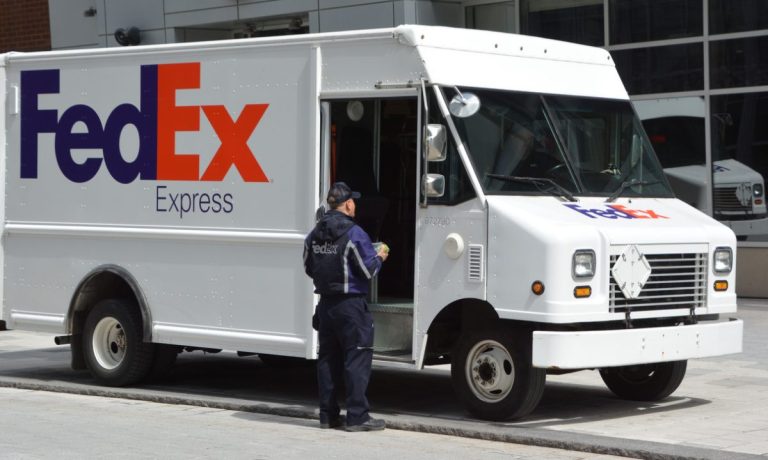FedEx Reorg Puts Amazon in Crosshairs in Battle Over eCommerce Deliveries

FedEx’s reorganization won’t just be about the bottom line.
The move is one that seeks to boost profit margins, where the company is eyeing a stated $4 billion in permanent cost reductions by fiscal 2025.
But it’s also one that seeks to create, in the delivery giant’s words, “a unified, fully integrated air-ground network under the respected FedEx brand.”
As quoted by The Wall Street Journal, Chief Executive Raj Subramaniam said the adjustments help the company adapt to a model that is “driven” by eCommerce, where previously a key driver had been B2B services.
Under the terms of the revamp, FedEx Express, FedEx Ground and FedEx Services will combine into a single entity by June of next year. FedEx Freight, the company’s freight transportation services division, will operate as a standalone operation.
“There’s opportunity to continuously improve the efficiency of our operations,” Subramaniam told the Journal. “Our customers are going to see a difference.”
Streamlining and Restructuring
The move comes amid a series of corporate shifts we’ve spotlighted across the months. In FedEx’s most recent earnings announcement, the company said its monthly volumes during the fiscal third quarter into February were down double digits and off 11% in its FedEx Express U.S. Domestic Package unit last month (as measured year over year); similar metrics saw 10% declines last month in FedEx Ground, and off 14% in FedEx Freight. And in a nod to further streamlining operations, the company said that it would retire six aircraft this past quarter, “park” nine planes and reduce flight hours by 8%.
FedEx, of course, also has ShopRunner in its pantheon. As we reported late last year, ShopRunner launched a new mobile app that gives shoppers a single platform through which they can discover, order, track and return products from multiple brands and retailers. In 2019, FedEx officially ended its ground delivery contract with Amazon.
Amazon has been expanding its fulfillment operations. Roughly a year ago the company began taking in shipments from third-party merchants to get items to customers’ doorstops via Prime delivery. More recently, the company expanded its Buy With Prime to all eligible U.S. merchants. And within that setting, payments and fulfillment are available at checkout. Last fall, too, Amazon announced new value-added services for delivery service partners (DSPs), and said that through Amazon Warehousing & Distribution, it would enable sellers to use “new, purpose-built facilities” for bulk inventory storage and automated distribution.
It’s true that both FedEx and Amazon have seen slowing eCommerce trends (FedEx pared back its Sunday delivery efforts as demand has slipped). And as PYMNTS has reported, Amazon’s share of eCommerce, as a whole, stands at about 50%, so the continuum of logistics and fulfillment is a natural one. The battle is a pitched one — and FedEx’s corporate strategy, as announced Wednesday, is that a slimmed down structure will be a key strategy.